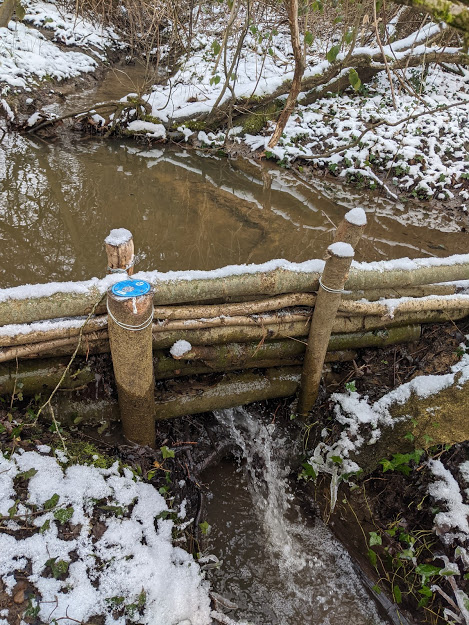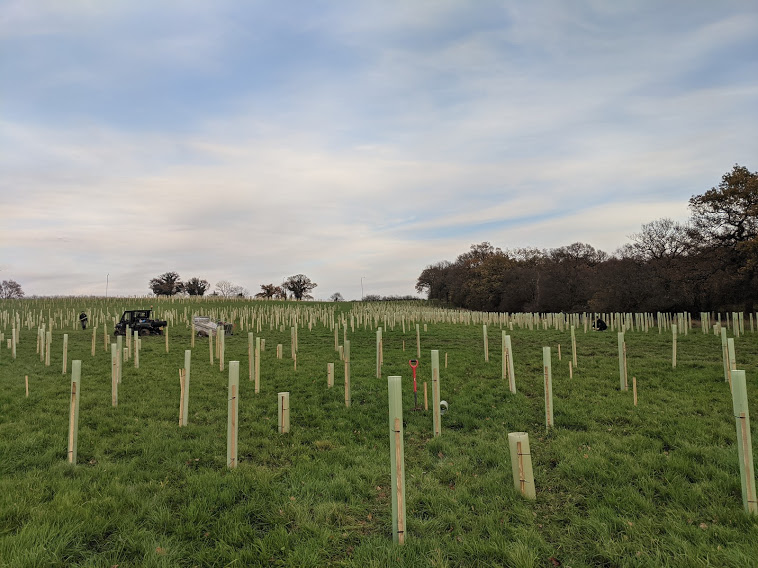Natural Flood Management Resources for the Roding Catchment
The river Roding rises at Molehill Green near Dunmow in Essex. The river’s upper and mid reaches flow for approximately 31 miles (50km) through rural Essex before it enters the more urban area of north-east London. The catchment feeding these upper and middle reaches of the Roding covers an area of over 18,000 hectares of largely agricultural land.
The Environment Agency, working in partnership with Groundwork East, Natural England and Thames21, wants to engage with farmers and landowners within the Roding catchment who might be interested in implementing Natural Flood Management (NFM) measures on their land.
This page is designed to supply farmers and landowners with useful NFM resources to guide decisions on suitable measures for their land.
This page compliments two online events highlighting the benefits and funding options for water management and NFM schemes in the Roding catchment. Recordings of these events can be found here and here.
Natural Flood Management: An Introduction to techniques
NFM enhances the natural landscape’s ability to store water in uplands and on floodplains, reducing the volume and speed of water travelling downstream. More information on NFM, including an introductory video into the concept, can be found on Thames21’s NFM webpage.
Read the Thames21 guide on each of the main NFM interventions to slow the flow of water and reduce downstream flood risk.
Leaky woody dams are an effective method to hold water in small ditches and streams, reducing the speed and volume of flows downstream to the main river channel. Read more

Tree planting has been shown to be another effective NFM technique to reduce the amount of rainfall that runs off rural land into rivers. Read our Thames21 tree-planting guide

The following video shows some of these NFM measures in action during a storm event:
Evidence of Effectiveness
In late 2017, the Environment Agency published evidence from more than 60 case studies across England exploring the effectiveness of each NFM technique. It was concluded that NFM can not only reduce flood risk but can also achieve multiple benefits for people and wildlife.
The following Environment Agency document summarises the evidence for the effectiveness of each of the most commonly used NFM measures: Working with Natural Processes to reduce flood risk – The evidence behind Natural Flood Management
More detailed reports on these case studies and the evidence behind NFM techniques can be found on the following Gov.uk webpage: The evidence base for working with natural processes to reduce flood risk
Learning from other catchments
Thames21 has been running a number of NFM projects in other catchments, including the Brent, Pinn and Salmons Brook (which includes a significant reforestation project).
These projects have greatly increased understanding of how to best implement NFM measures, with the lessons learnt from them summarised in the following document: Lessons Learnt from previous Thames21 NFM projects
Further afield, the Yorkshire Dales Rivers Trust has produced a practical guide to NFM for farmers to use, whilst the Scottish Environmental Protection Agency has produced a Natural Flood Management Handbook. Much of the information in these documents relating to methods, maintenance and costs is highly relevant to the Roding catchment.
